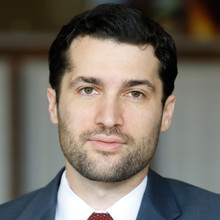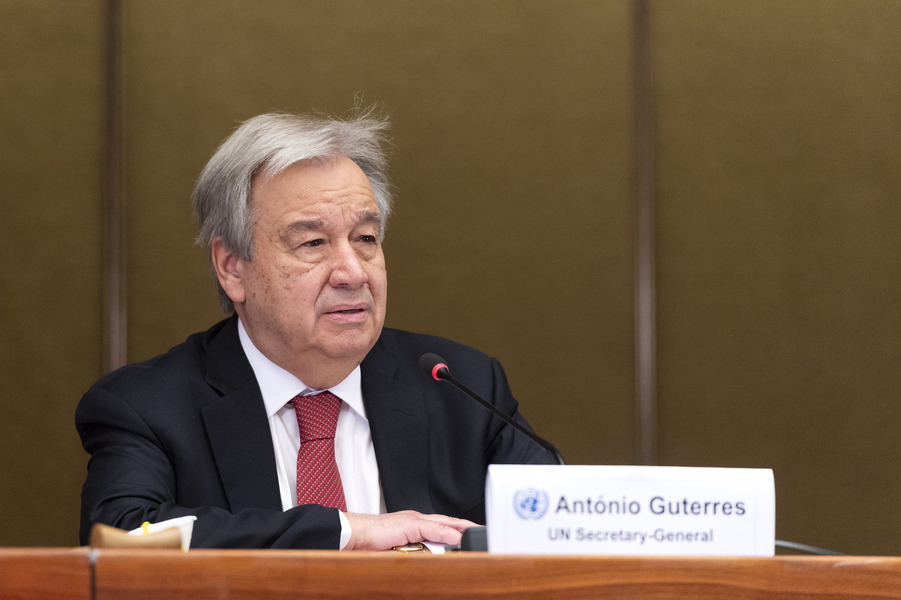Mark Mazzetti <em>New York Times</em> Article on U.S.-Pakistani Cooperation over Drone Strikes
Published by The Lawfare Institute
in Cooperation With

Mazzetti argues that the incident "paved the way for the C.I.A. to change its focus from capturing terrorists to killing them, and helped transform an agency that began as a cold war espionage service into a paramilitary organization":A Pakistani military spokesman was quick to claim responsibility for the attack, saying that Pakistani forces had fired at the compound.
That was a lie.
Mr. Muhammad and his followers had been killed by the C.I.A. the first time it had deployed a Predator drone in Pakistan to carry out a “targeted killing.” The target was not a top operative of Al Qaeda, but a Pakistani ally of the Taliban who led a tribal rebellion and was marked by Pakistan as an enemy of the state. In a secret deal, the C.I.A. had agreed to kill him in exchange for access to airspace it had long sought so it could use drones to hunt down its own enemies.
Today, even some of the people who were present at the creation of the drone program think the agency should have long given up targeted killings. Ross Newland, who was a senior official at the C.I.A.’s headquarters in Langley, Va., when the agency was given the authority to kill Qaeda operatives, says he thinks that the agency had grown too comfortable with remote-control killing, and that drones have turned the C.I.A. into the villain in countries like Pakistan, where it should be nurturing relationships in order to gather intelligence. As he puts it, “This is just not an intelligence mission.”




-(1).png?sfvrsn=7aa9b087_9)
